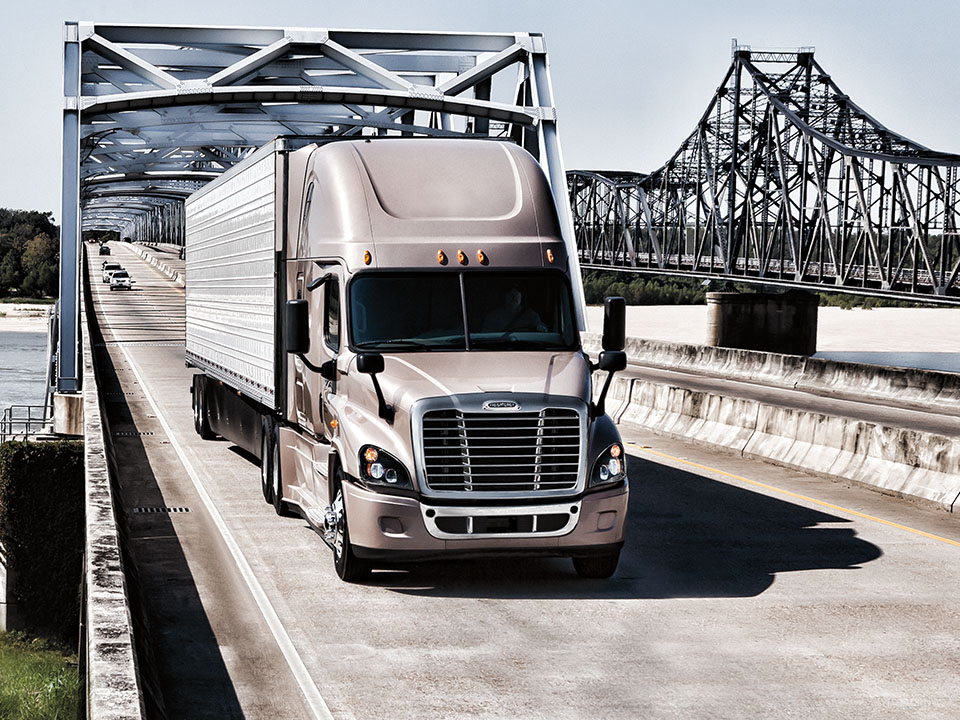If there’s been one issue that always rises to the top for commercial fleets, especially those that are long haulers, it’s been the shortage of qualified truck drivers. According to the American Trucking Associations (ATA), last year there was a deficit of 80,000 drivers and it’s only expected to get worse, with estimates reaching as high as 160,000 by 2030. The reasons for the shortages are many, with salary being just one of the issues.
When you’re asking someone to be away from their families for long periods of time, eat unhealthy meals at truck stops, worry about inadvertently breaking regulations, and spend hour after hour sitting in traffic….money may not be enough to make a difference.
Last month, the New York Times published an article The Real Reason America Doesn’t Have Enough Truck Drivers. This is a must-read story that follows a real-life driver as he makes his over-the-road deliveries. In a normal month, this driver drives approximately 9,000 miles, spending two to three weeks each month behind the wheel, sleeping and eating in his truck.
The driver, a man named Stephen Graves, relates the difficulties and stress that many over-the-road drivers experience including finding parking spaces so as not to violate HOS rules; living a solitary and sedentary lifestyle, and facing danger (According to DOT data, “a truck driver is 10 times more likely to be killed on the job than the average American worker.”) As Mr. Graves notes, “The lifestyle is probably the first thing that smacks people in the face. You know what it does to you. You’re thinking about it all the time. We’re tired. Our bodies are starting to go. Our bladders have been put to the test. And no exercise. We end up with all types of heart and other health ailments. You can’t truly fathom what it’s done to you.”
Mr. Graves is 65 years old…and that is one of the main issues exacerbating an already bad situation. The current driver base is aging out with few people to replace them. The average age for drivers is 48 years old while the average age of the over-the-road driver is 57. What makes things worse is that with fewer drivers, competition is ferocious, with many fleets seeing turnover rates in the high 90 percent range. That has led to higher wages and significant sign-on bonuses for drivers but that’s just not cutting it.
So how does a fleet attract younger, qualified drivers?
Fleets are facing issues that make hiring over the road drivers difficult. First, it’s an employer’s market right now, with plentiful blue-collar jobs paying significantly more than they had in the past. Second, fleets are competing with fleets of huge companies like Amazon and Walmart. Both of these situations are going after the same candidates who would be perfect for filling driver jobs
But there are ways to attract millennials:
- Create a work/life balance – Younger drivers don’t want to spend two to three weeks on the road without any time at home. Being able to offer flexible hours or scheduling routes that allow more home time will help attract those younger workers.
- Be open to diversity – Women make up more than half the workforce but make up a tiny percentage of drivers. Create a program to appeal to them directly. The same goes for minorities that also represent a tiny percentage of drivers.
- Provide good benefits – If the pandemic showed us anything, it’s that we are really dependent on benefits including health insurance and paid time off. Think about offering life enhancements as well, like free gym memberships.
- Make driving comfortable – The truck is the driver’s second “home” so make it homey with comfortable seats, Wi-Fi, a fridge, and other creature comforts.
- Have open communications – Set up monthly or bi-monthly meetings with all drivers to hear what their concerns are and also to communicate any new company policies or regulation changes. Give them the opportunity to offer feedback.
- Set up mentoring programs – No one knows the job better than those who do it, so have experienced drivers work closely with those
- Use technology as a perk – Millennials love technology, so the new tech that’s a part of so many trucks should be appealing to them. Electric trucks may not be part of the equation for over the road for a while, but that will happen eventually and that should help attract younger workers as well.
- Pay still matters – Make sure you are offering pay that is at least comparable to other fleets in your market…and make sure to include a bonus structure.
Bottom line, when employees are given the respect they deserve, when you show that you want to accommodate their needs and desires, their loyalty will follow.
Read my IdeaXchange blog on recruiting women drivers.





